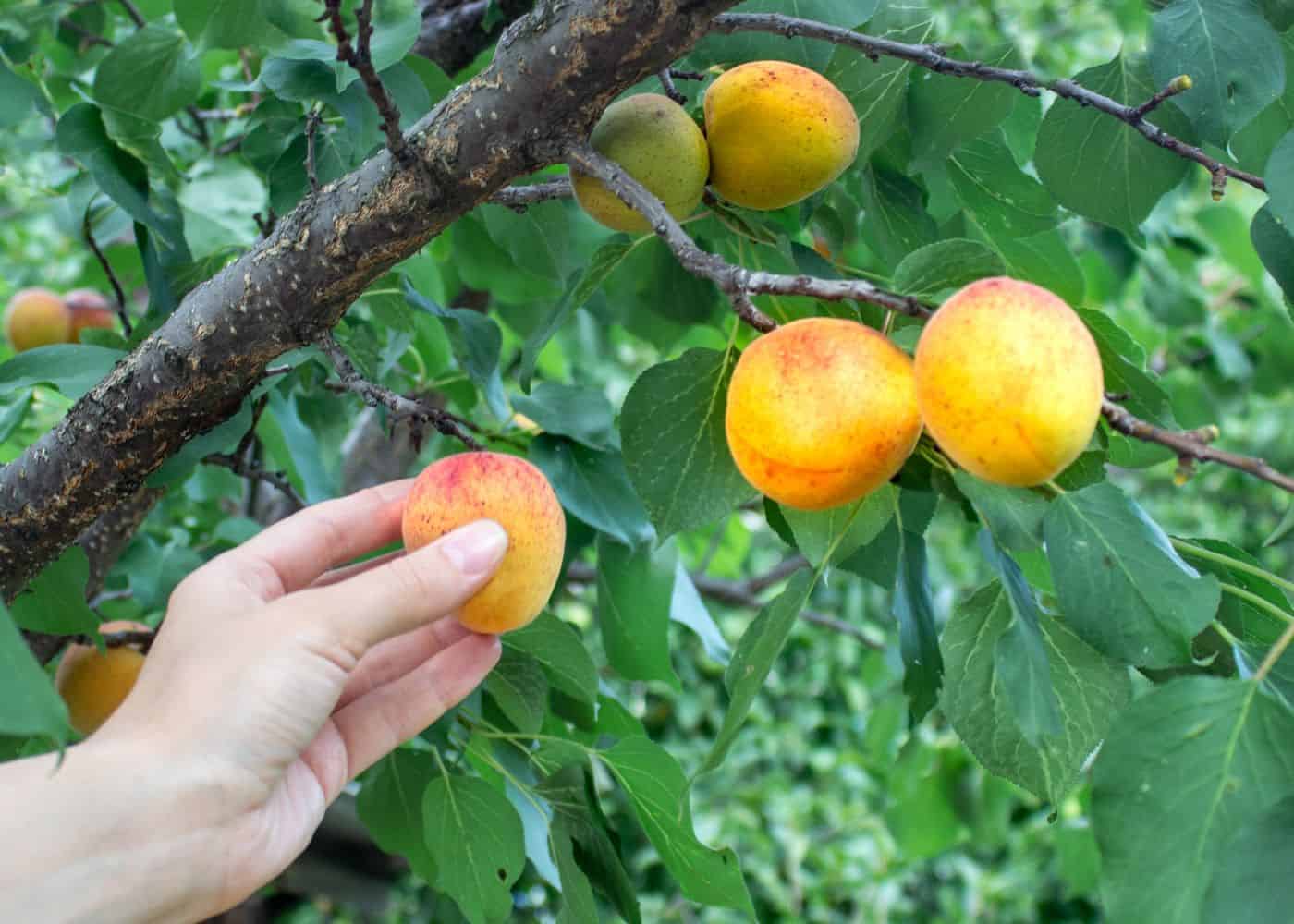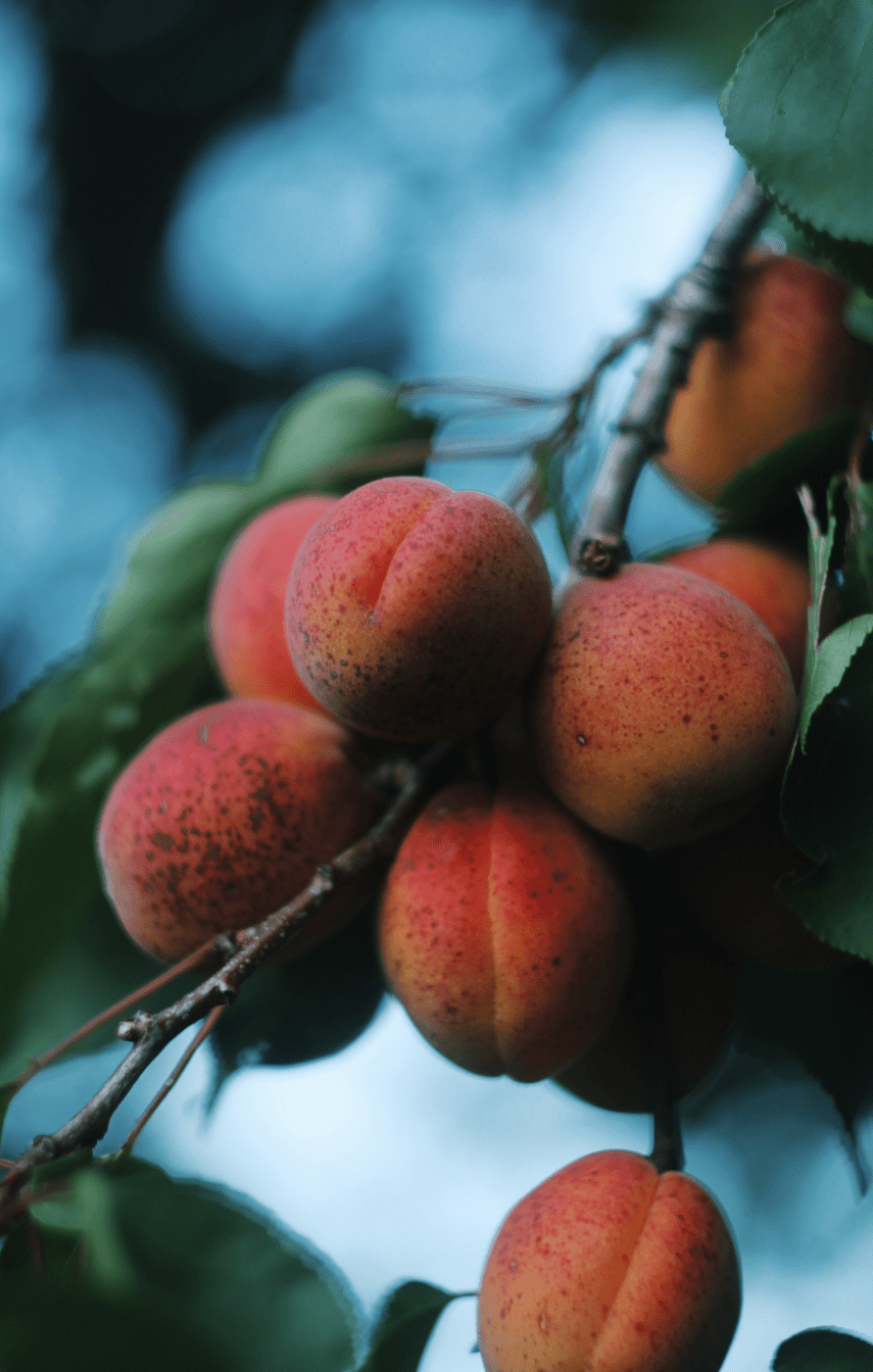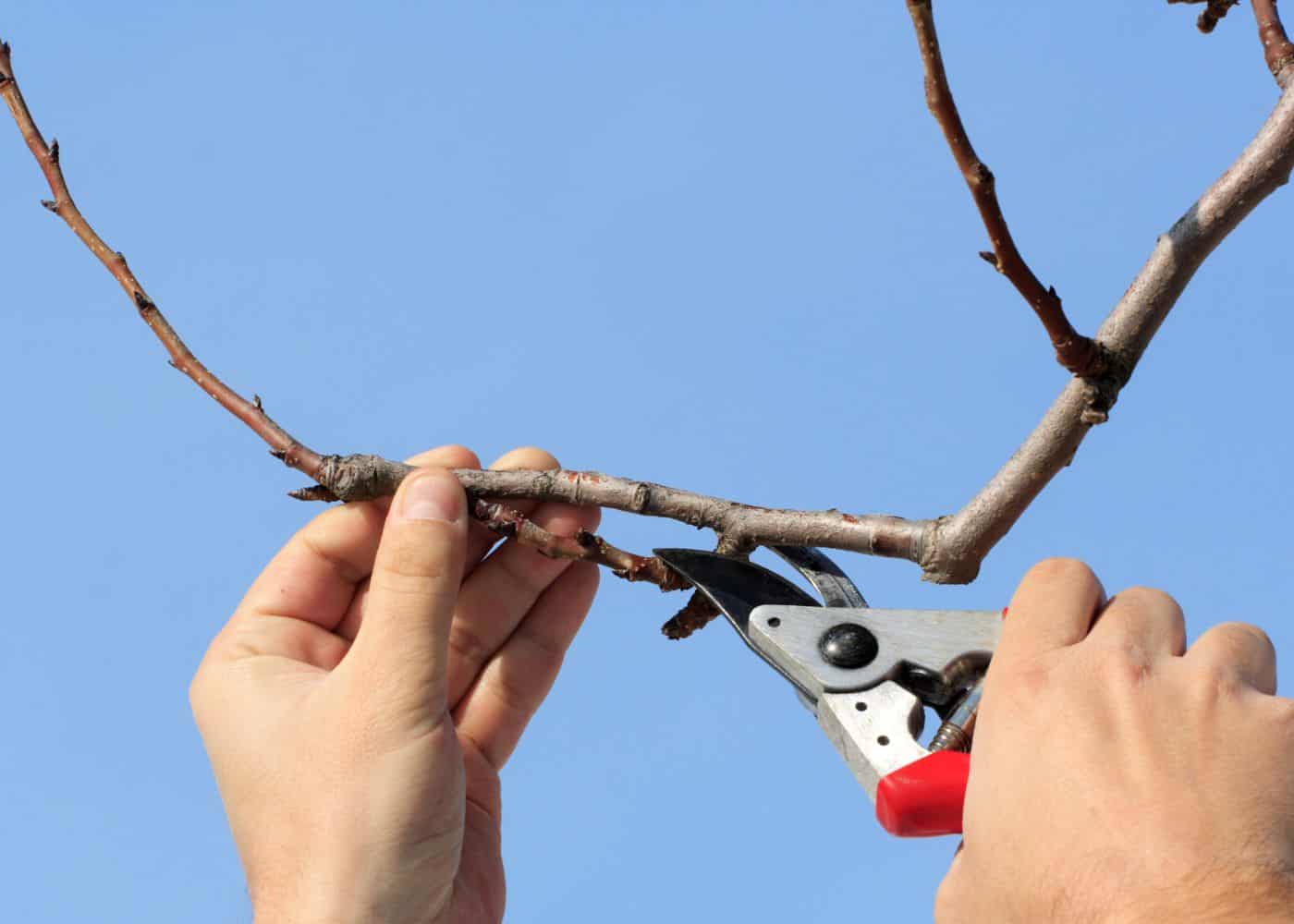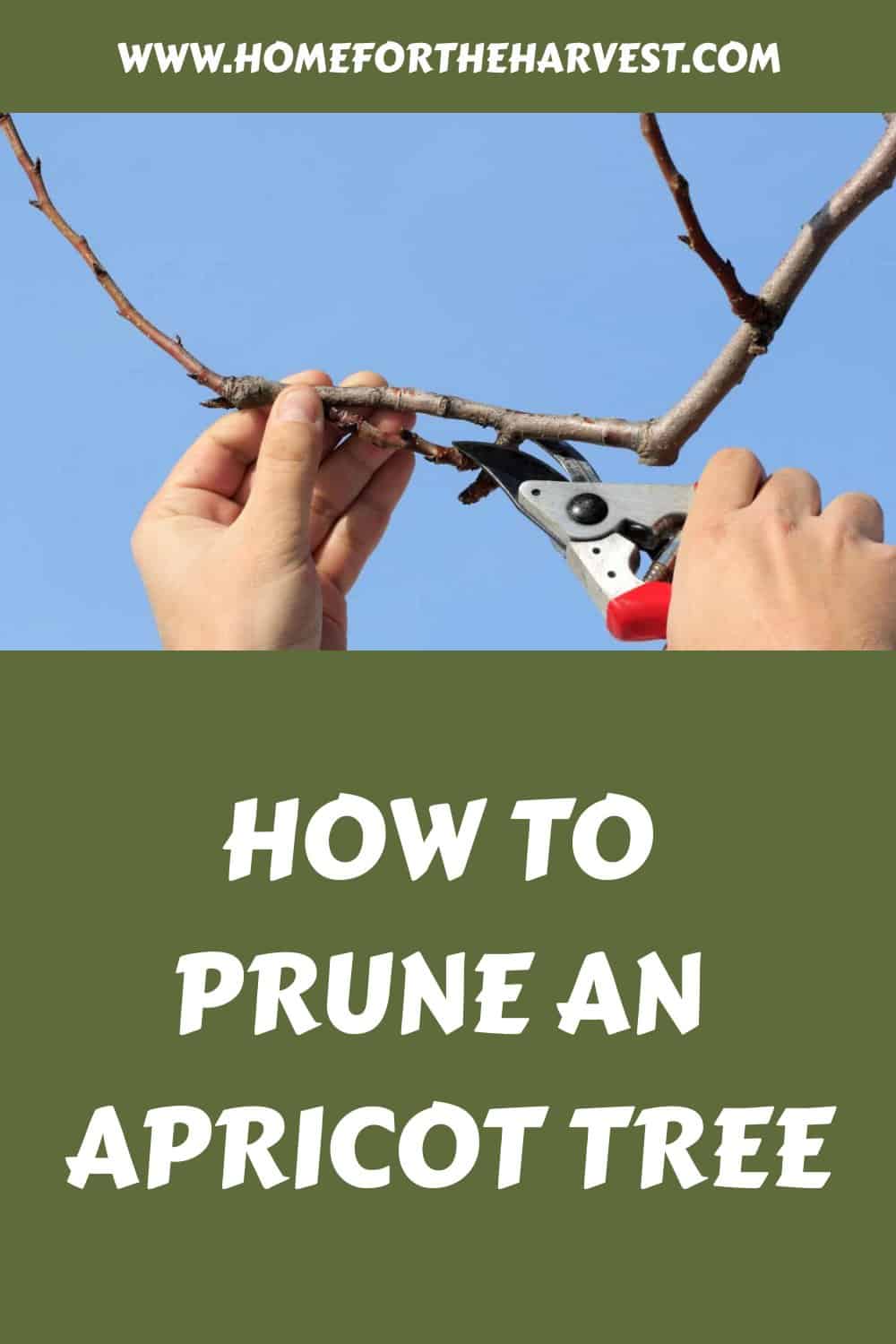Wondering how to prune an apricot tree? Fortunately, they are among the easiest fruit trees to take care of. Pruning can seem intimidating, but with our step-by-step guide, it doesn’t have to be.
We’ll cover what you need for successful pruning, when the best time is for maximum benefit, how exactly you should go about pruning, and finally, some important aftercare tips. So let’s get started on making sure your apricot tree looks and feels its absolute best.
Introduction to apricot tree pruning
Pruning apricot trees is a great way to ensure healthy, productive growth. Pruning helps the tree focus its energy on producing fruit instead of growing too large and unwieldy. It also helps control diseases and pests that can damage your tree’s health. With the right tools and knowledge, you can easily prune an apricot tree yourself.
To get started, you will need a pair of sharp bypass pruners or loppers for larger branches; a hand saw for thicker branches; gloves to protect your hands from thorns; and protective eyewear in case any twigs snap back at you while cutting.
When it comes to pruning apricots, there are two main types—thinning cuts and heading cuts—and each has its own purpose. Thinning cuts remove entire branches down to their base so as not to leave stubs behind that could cause rot or attract pests later on. Heading cuts shorten existing stems by removing just part of them, usually near where they join another branch or trunk section (called “the collar”). This encourages new growth from below the cut point which can help fill out the canopy of your tree more evenly over time with fewer bare spots between leaves/branches than if left unpruned altogether.
Start by removing dead wood first using thinning techniques wherever possible; this will help maintain the overall shape of the tree while still allowing light to penetrate into inner parts of its canopy without overcrowding them with too many competing limbs vying for resources such as sunlight and water.
Next, move onto heading back longer shoots/stems so that no single one dominates over others nearby, creating an even balance throughout – however, be sure to do this sparingly as excessive removal may reduce flowering potential next year if done incorrectly.
Finally, finish up by cleaning up any remaining smaller bits and pieces around the edges using bypass shears, carefully avoiding any major structural elements within the structure itself. These minor touches will ensure everything looks neat and tidy afterward without compromising safety integrity either directly or indirectly via weakened joints, et cetera.
The best time for pruning apricots is during late winter when they are dormant but before bud break in springtime, as new growth begins again after dormancy ends (typically around March-April depending on climate). This allows sufficient opportunity for wounds to heal prior to the commencement of active sap flow that could otherwise cause infection or spread disease through open cuts.
With the right knowledge and tools, pruning an apricot tree can be a rewarding experience. Now let’s take a look at what you’ll need to get started.
Supplies you need for pruning
When it comes to pruning an apricot tree, you’ll need a few tools and materials. The most important items are pruning shears, gloves, and a ladder.
Pruning shears are the main tool used for trimming branches and twigs off of the tree. They come in different sizes depending on what type of branch or twig you’re cutting.
Gloves will protect your hands from any sharp edges that may be present on the branches or twigs as well as provide protection from dirt and debris while working with the tree.
A ladder is also necessary if you plan to reach higher parts of the tree when pruning. Make sure it’s stable enough to support your weight before climbing up. Fruit tree ladders often have a skinny front post so you can slide them in between branches.
Other helpful items include a saw for larger branches, protective eyewear, long-sleeved clothing, and gardening clippers for smaller jobs like deadheading flowers or removing suckers (shoots growing out from the base of a plant). Additionally, having some tarp nearby can help keep things tidy by collecting all fallen leaves and trimmings during your work session. Finally, don’t forget water – staying hydrated is key when doing outdoor activities such as this one.
Once you have the necessary supplies and equipment, it’s time to start your pruning journey – understanding the basics of pruning an apricot tree is key to a successful job.

Apricot pruning basics
Pruning helps remove dead or diseased branches, thin out overcrowded areas, and improve air circulation. It also encourages new growth and can help prevent pests from taking up residence in your tree.
When pruning an apricot tree, you should start by removing any dead or diseased branches first. These will be easy to spot because they will be dry, brittle, discolored, or have visible signs of disease such as mold or fungus on them. Once these are removed, you can move on to thinning out overcrowded areas of the tree, which will allow for better air circulation throughout the canopy and promote healthier growth overall.
Timing is important when it comes to pruning your apricot tree since different times of year may require different techniques depending on what kind of results you want to achieve with your pruning efforts. Generally speaking, though, it’s best to wait until after the last frost has passed before doing any major pruning work so that the buds have time to develop properly before being cut off during pruning season.
When actually performing the act of pruning itself, there are a few key things that you should keep in mind: always use sharp tools like shears or loppers; make sure all cuts are clean and even; avoid cutting too close to where two branches meet; don’t leave stubs behind; don’t over-prune (only take off what needs to be taken off); and never top trees (this weakens them).
Once you understand the basics of pruning, it’s time to focus on when and how often to prune your apricot tree in order to ensure healthy growth and a bountiful harvest.
Timing is everything
Pruning at the wrong time of year can cause damage and reduce fruit production. The best time to prune an apricot tree is late winter or early spring before the buds begin to swell. This will ensure that you are removing only dead or diseased branches and not cutting off any potential blooms or fruit-bearing branches.
It’s important to note that while some trees may need more frequent pruning than others, all should be done in the late winter/early spring timeframe when possible. If your apricot tree has been neglected for a few years, you may need to do more extensive pruning to get it back into shape. In this case, it’s best to start with small cuts over several seasons rather than attempting one large overhaul of the entire tree at once.
Late winter or early spring is the ideal time for pruning an apricot tree, as it helps to prevent diseases from spreading. During this dormant period, new shoots are not emerging from old woody stems and there is less opportunity for disease spores to infect the plant’s system than if done during active growth periods such as summer or fall months.
Timing is key when it comes to pruning an apricot tree, so understanding when and how much to prune can make all the difference. Now that we’ve covered timing, let’s move on to discuss how best to actually go about pruning your apricot tree.
How to prune apricots
The best time to prune your apricot tree is in late winter or early spring, before the buds begin to swell. Pruning should be done with sharp, clean tools such as loppers, shears, and saws.
When pruning an apricot tree you want to remove dead or diseased branches first. This will help prevent any diseases from spreading throughout the tree. You also want to thin out overcrowded branches by removing some of them at their base so that more light can reach all parts of the tree and air can circulate freely around it.
Next, you’ll need to shape your apricot tree by cutting back any long branches that are growing too far away from the center of the canopy or are crossing over other branches. Make sure not to cut off too much at once; instead make several small cuts until you achieve your desired shape for the overall structure of your apricot tree’s canopy.
Finally, if there are any suckers (small shoots) coming up from below ground level near the trunk of your apricot tree they should be removed as well since these can sap energy away from producing fruit-bearing wood on top of its canopy which may reduce yields come harvest time.
Once pruning is complete, it is important to water deeply right after finishing in order to provide the roots with plenty of moisture during this stressful period. New growth should start appearing within a few weeks.
Once you’ve finished pruning your apricot tree, it’s important to provide proper aftercare to ensure its continued health and growth.
Aftercare for the tree
After pruning an apricot tree, it’s important to take care of the tree afterwards. Proper aftercare is essential for keeping your apricot tree healthy and productive.
Fertilizing in the spring
After pruning, fertilize your apricot tree with a balanced fertilizer that contains nitrogen, phosphorus, and potassium. This will help replenish nutrients in the soil and encourage new growth. Apply the fertilizer according to package instructions or consult a local gardening expert for advice on how much to use.
Mulching the soil surface
Mulch around the base of your apricot tree with organic material such as straw or wood chips. This helps retain moisture in the soil and keeps weeds from growing near the roots of your tree. It also provides additional nutrients as it breaks down over time. Make sure not to pile mulch too high against the trunk of your tree – no more than two inches deep is ideal.
Watering the tree
Watering is key when caring for any type of plant, including fruit trees like apricots. Aim to water deeply once per week during dry periods so that moisture reaches all parts of the root system; this will help keep your plants healthy and strong throughout their life cycle. If you live in an area where rainfall isn’t plentiful enough, consider investing in a drip irrigation system or other automated watering device that can be set up easily at home without needing professional installation services.
Weed control
Keeping weeds away from young trees is important because they can compete with them for resources like sunlight and water if left unchecked. Pull out any weeds by hand before they have a chance to spread their seeds; using herbicides should only be done as a last resort since these chemicals can damage nearby plants if used incorrectly or excessively applied over time (always follow manufacturer directions).
Additionally, laying down landscape fabric around newly planted trees can prevent weed growth while still allowing air circulation underneath it – make sure there are holes cut into it so rainwater doesn’t get trapped beneath its surface. I usually remove weed fabric after a few months rather than leaving it in place long-term.
Pests
Monitor regularly for signs of pests such as aphids or scale insects which may feed on leaves or bark, causing damage to branches over time if left untreated. Contact an arborist immediately if you notice anything suspicious on your apricot tree’s foliage/bark so they can diagnose what kind of pest problem you’re dealing with and provide appropriate treatment options accordingly, such as insecticidal soap sprays.








